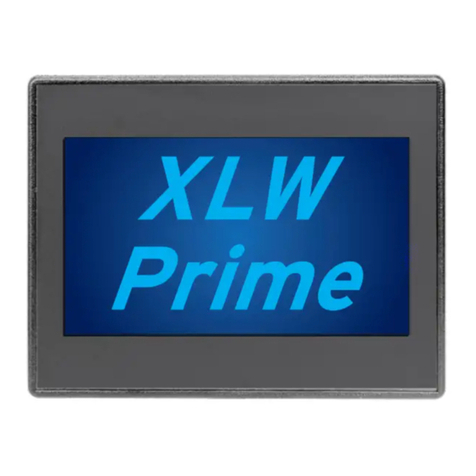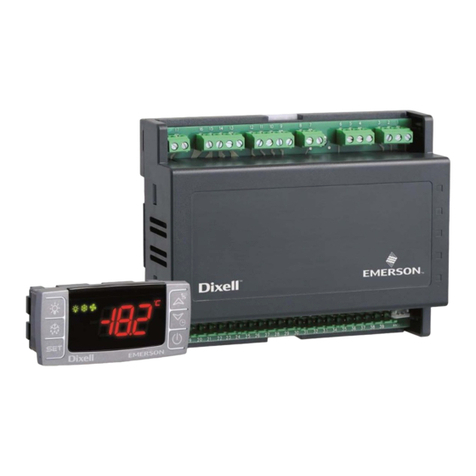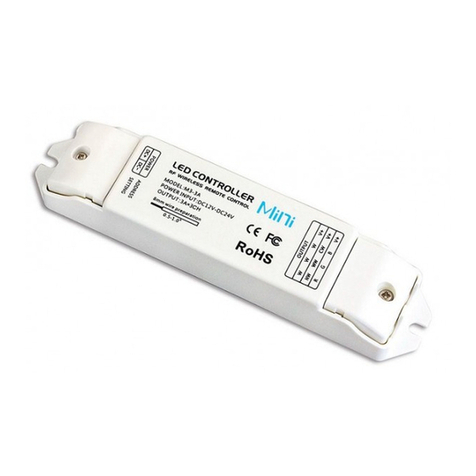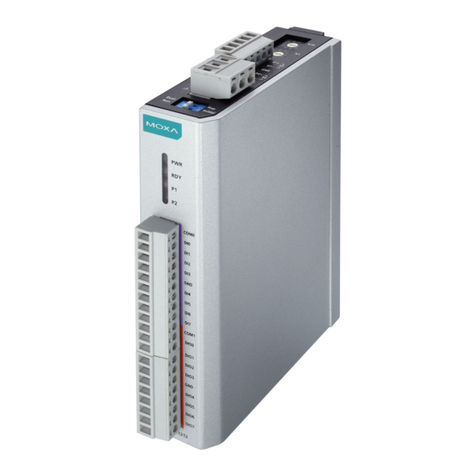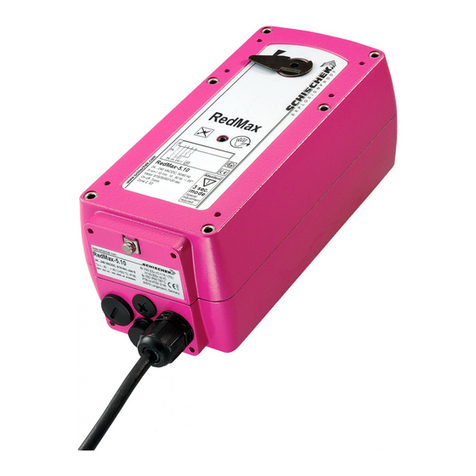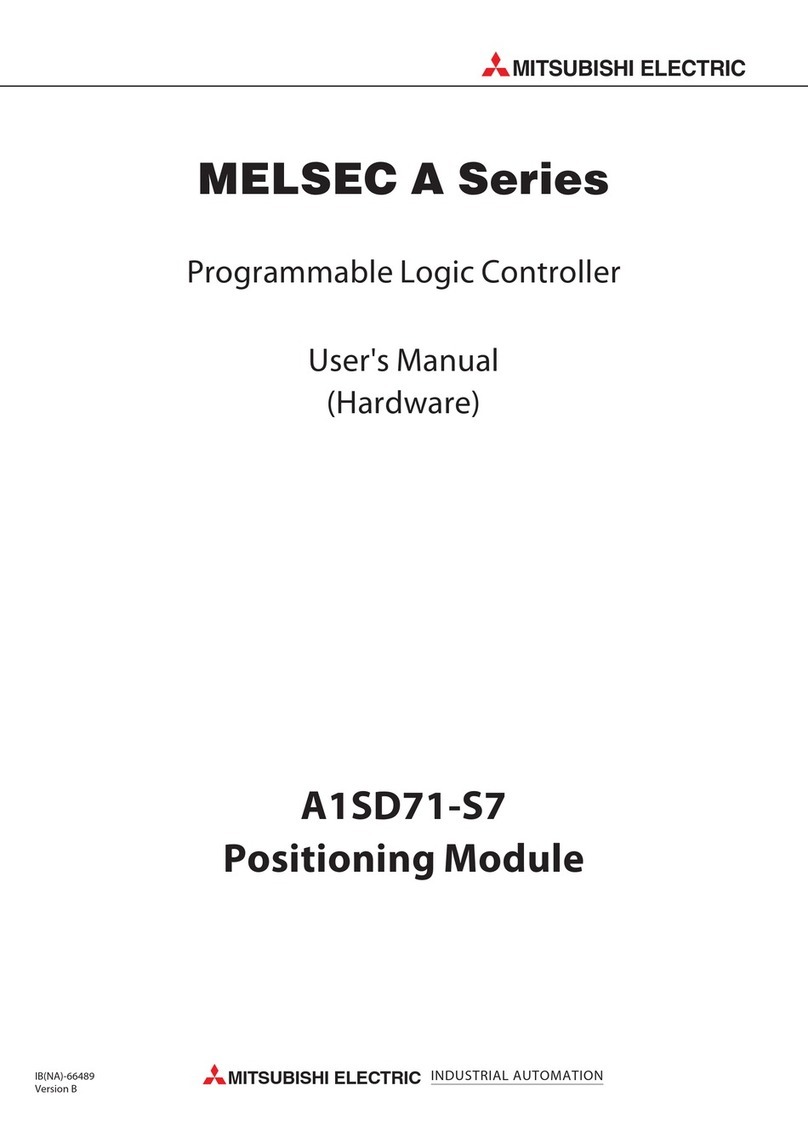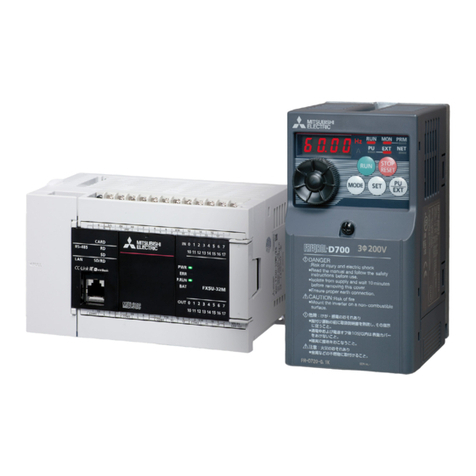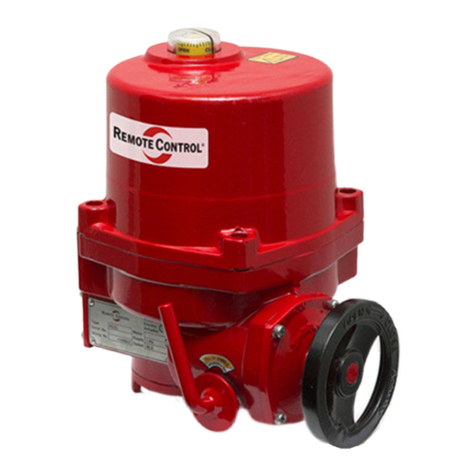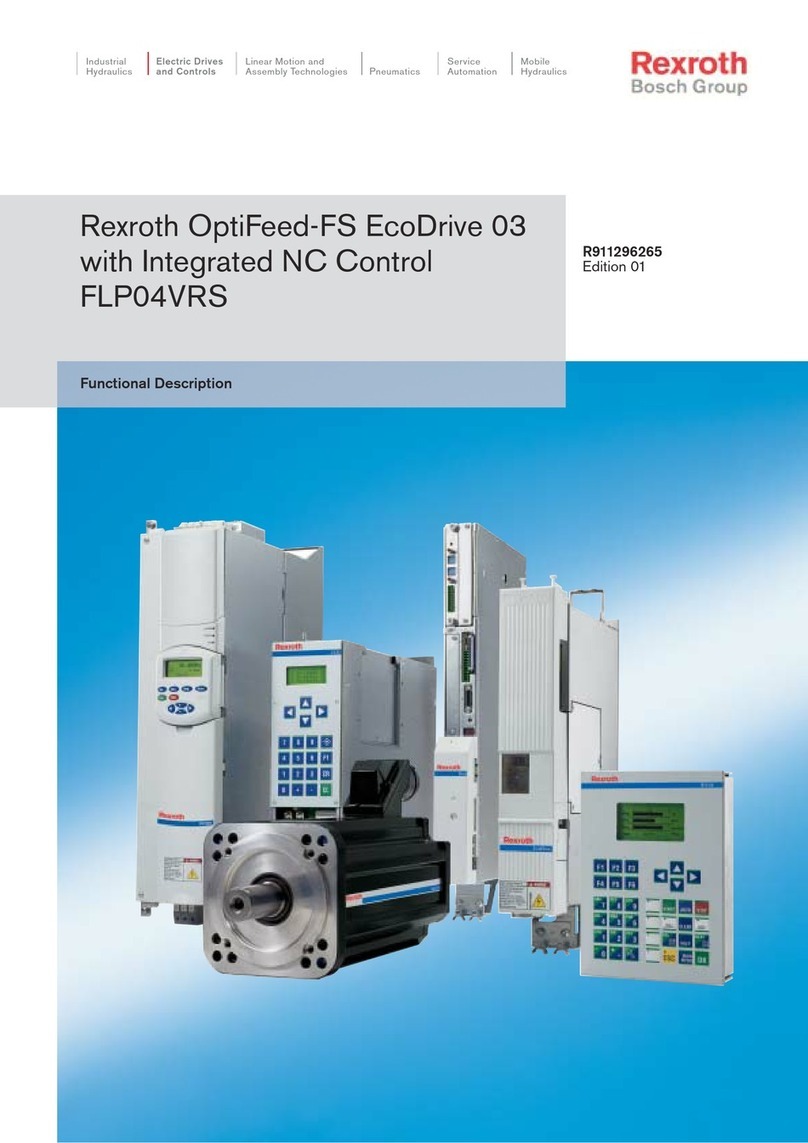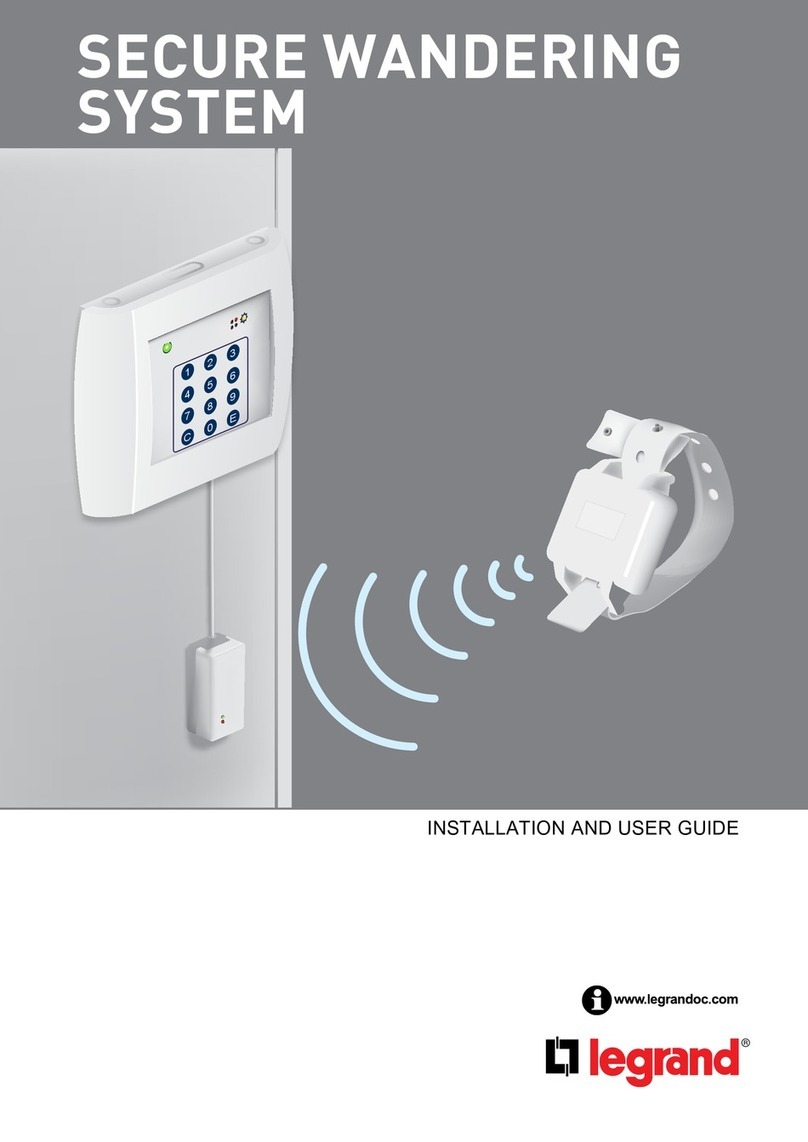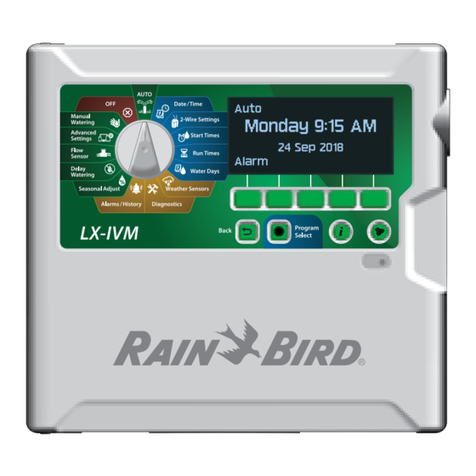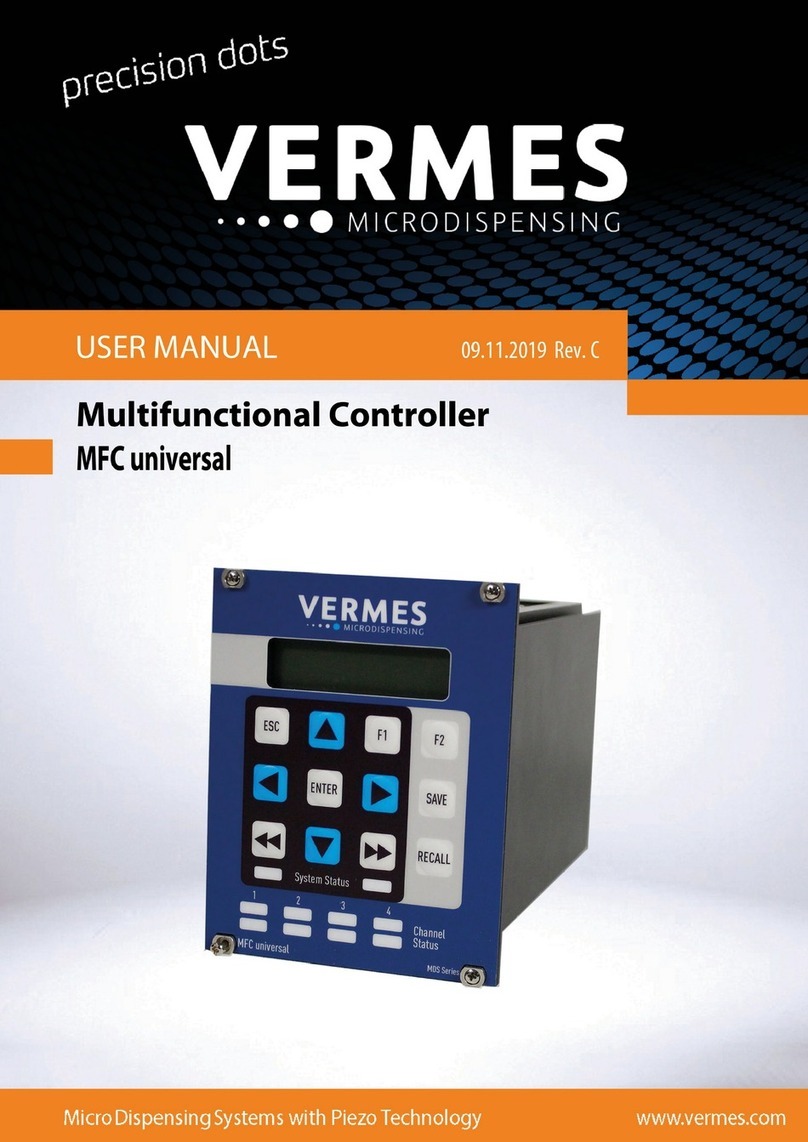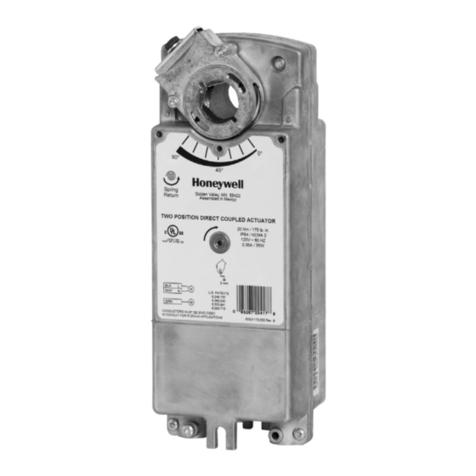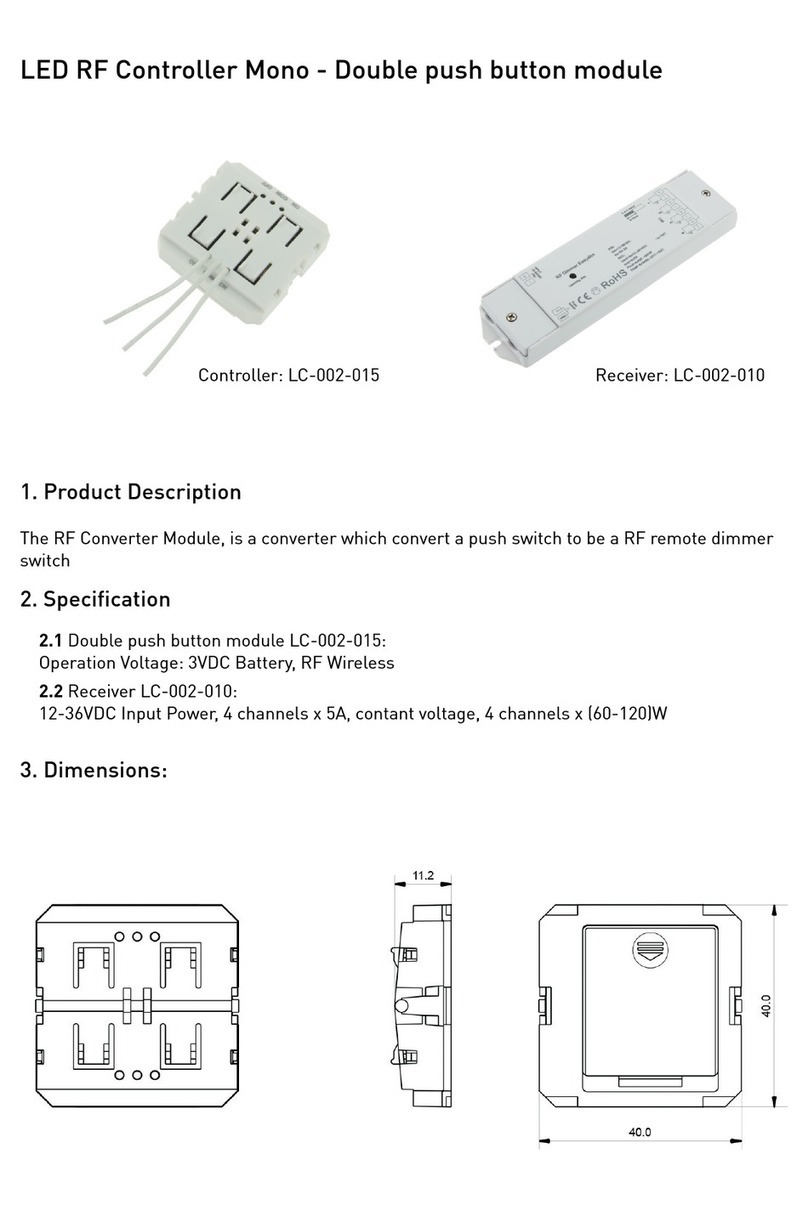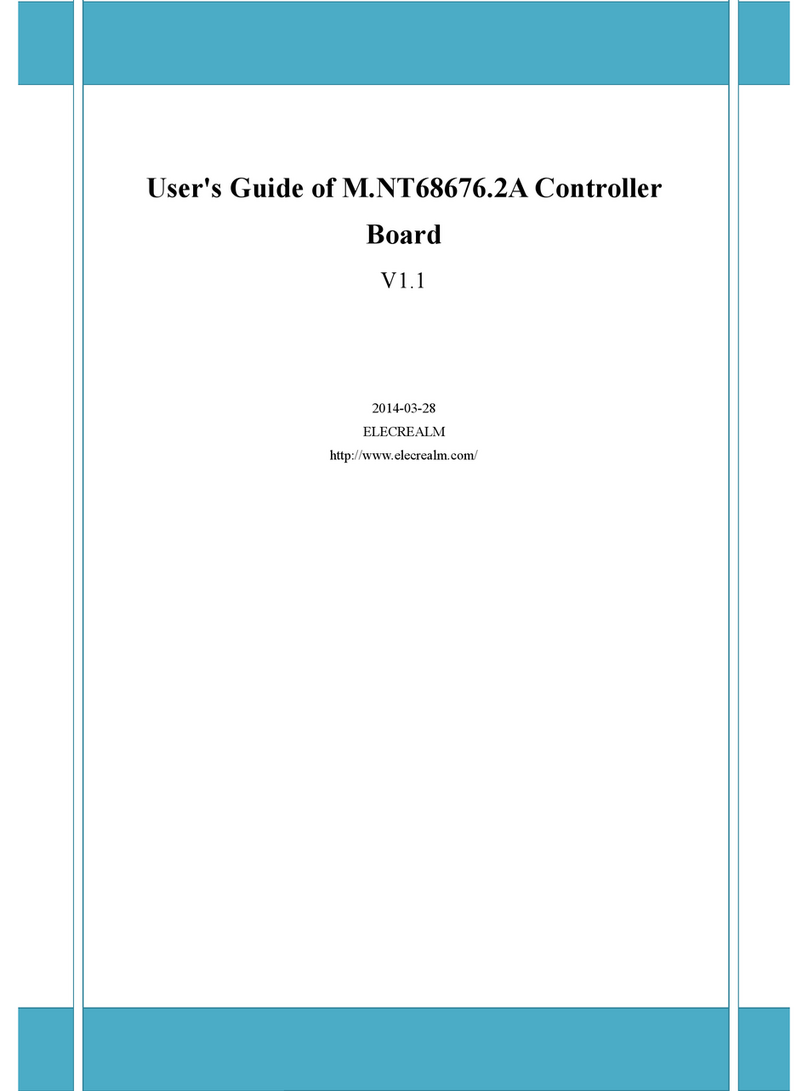
Spectral Products
2659-A Pan American Frwy., NE Albuquerque, NM 87107 Tel (505) 343-9700 Fax (505) 343-9705
www.spectralproducts.com
Table of contents
1. DESCRIPTION.....................................................................................................- 3 -
1.1 General Description ................................................................................................................................. - 3 -
1.2 Detailed Operation Description .............................................................................................................. - 3 -
2. OPERATION ........................................................................................................- 3 -
2.1 Mounting................................................................................................................................................... - 3 -
2.2 Filter Installation ..................................................................................................................................... - 3 -
2.3 Connections .............................................................................................................................................. - 4 -
3. PROGRAMMING .................................................................................................- 5 -
3.1 Overview ................................................................................................................................................... - 5 -
3.2 Commands................................................................................................................................................ - 5 -
3.2.1 Baud ................................................................................................................................................. - 6 -
3.2.2 Echo.................................................................................................................................................. - 6 -
3.2.3 EEPROM Read................................................................................................................................. - 6 -
3.2.4 EEPROM Write................................................................................................................................ - 7 -
3.2.5 Go to New Filter Position................................................................................................................. - 7 -
3.2.6 Query Position.................................................................................................................................. - 7 -
3.2.7 Reset ................................................................................................................................................. - 8 -
3.2.8 Step Down ........................................................................................................................................ - 8 -
3.2.9 Step Up............................................................................................................................................. - 8 -
3.2.10 Zero .................................................................................................................................................. - 8 -
4. OPERATION HINTS ............................................................................................- 9 -
5. SPECIFICATIONS .............................................................................................- 10 -
5.1 Mechanical.............................................................................................................................................. - 10 -
5.1.1 AB301, 1 Inch Aperture, 6 Position ............................................................................................... - 10 -
AB302, 2 Inch Aperture, 5 Position.............................................................................................................. - 11 -
5.1.2 5.1.3 AB303, ½ Inch Aperture, 12 Position ................................................................................... - 12 -
5.2 Electrical ................................................................................................................................................. - 14 -
5.2.1 RS232 In......................................................................................................................................... - 14 -
Power ............................................................................................................................................................ - 14 -
5.2.3 Filter Wheel.................................................................................................................................... - 14 -
5.3 Cables................................................................................................................Error! Bookmark not defined.
5.3.1 Computer to filter wheel RS232..................................................................................................... - 15 -
5.3.2 Filter wheel assembly to filter wheel controller ............................................................................. - 15 -
















